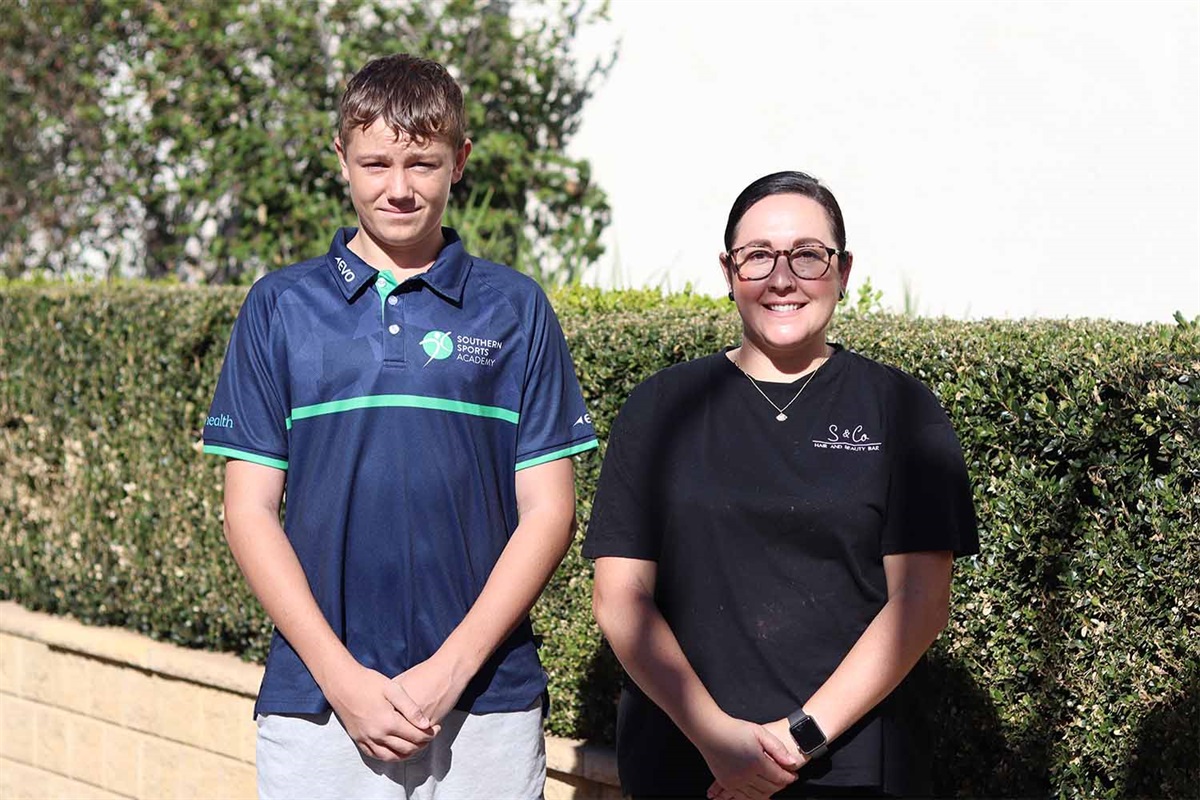Misinformation about climate change has polluted our information landscape for three decades, poisoning public discourse and clouding minds. We tend to think that the main danger of misinformation is causing people to believe wrong things. But there are a multitude of ways that it does damage.
John Cook
Postdoctoral research fellow, the Climate Change Communication Research Hub, Monash University
Misinformation builds distrust of scientists and scientific institutions-a dangerous trend during a pandemic when public health depends on people following the advice of scientific experts.
An insidious element of misinformation is it can cancel out accurate information. When people are confronted with conflicting information (e.g., fact and myth) and no way to resolve the conflict, the danger is they disengage and believe neither. This means that if we ignore the threat of misinformation, we leave the public (and our efforts to communicate accurate information) vulnerable to misinformation.
Climate misinformation has a polarising effect, having a greater influence on political conservatives. This means that as misinformation washes over society, people move further away from each in their views about climate change. Consequently, we’ve seen the issue become more and more polarised over the years, making progress on climate action more difficult.

Nowadays, the misinformation problem is a perfect storm of overlapping factors. Social media platforms act like 24/7 superspreader events, efficiently distributing misleading and inflammatory content to an eager but “unvaccinated” population.
The degree of polarisation has intensified to the point that the biggest factor determining people’s views on climate change is not education level but which political party they vote for. And politicians exploit public polarisation by peddling more misinformation that inflames their base, further exacerbating the problem.
The interconnected nature of misinformation means that piecemeal solutions to combat it are inadequate or even counterproductive.
Scientists spend years running lab experiments to finetune debunking techniques (guilty as charged!) but what’s the point if those strategies can’t be practically deployed at scale?
Technical solutions like flagging misinforming social media posts are well-meaning but can backfire if they’re not designed in accordance with the best-practices recommended by psychological research. Complex, entangled problems necessitate holistic, interdisciplinary solutions.
I’ve spent the past 15 years researching and countering climate misinformation. This has led me to partner with experts working across a range of disciplines such as political science, philosophy, psychology, programming, and marketing. To make sense of the sprawl of interdisciplinary activities, I organised these various research threads into the 4D Project: Detect, Deconstruct, Debunk, and Deploy.
Detecting misinformation
This involves identifying relevant and salient myths that need responding to. Ways to achieve this include social listening and public surveys to measure misperceptions.
Our approach has been to use machine learning to automatically detect and categorise the different categories of climate misinformation.
This objective, quantitative approach yielded some surprising results. For example, we found the most common arguments were not myths arguing global warming isn’t real or human-caused (the types of myths I spent most of my time debunking). Rather, they were attacks on scientists or on climate science itself. The goal of climate denial isn’t to present an alternative explanation of climate change but to erode public trust in climate science.
Deconstructing misinformation
This is a rigorous way to systematically identify techniques used to mislead. This is necessary because exposing the rhetorical tricks used in misinformation is the key to inoculating people from being misled.
So I collaborated with critical-thinking philosophers to develop a step-by-step methodology for deconstructing and analysing misinformation. We then applied this process to the most common myths about climate change, yielding a list of reasoning fallacies found in climate misinformation. This is an important resource for debunking interventions.
Debunking misinformation
This is more complicated than you might think. It involves conveying information that causes people to update their understanding of the world.
The problem is sometimes people are strongly motivated to believe wrong things and resist attempts to change their minds.
Sometimes the myths are simple and compelling while the facts are complicated and difficult to understand. Debunkings need to navigate these and other cognitive pitfalls.
Fortunately there is much psychological research into effective techniques to counter misinformation. Two key elements to an effective debunking are sticky facts that dislodge the myth and explanation of the fallacies used to distort the facts.
Deploying corrections to misinformation
This is key to neutralising misinformation in a way that makes a real-world difference. There are a myriad of ways to get corrections out at scale-social media, infographics, fact-checks, browser extensions, and videos are just a few strategies.
I’ve found a successful strategy is partnering with communicators with practical experience working on the front lines.
To communicate the 97% consensus on climate change, I collaborated with a New York-based PR agency (I never got to visit their office but I imagine it’s like a scene out of Mad Men). To build public resilience against misinformation, I worked with a creative agency to develop a critical thinking smartphone game.
I developed the 4D Project to help make sense of these different activities. But recently, I’ve been discovering that the 4D framework is generalisable and have begun applying it in other contexts, such as misinformation on vaccination, climate solutions, and lead ammunition (a topic I didn’t even know existed until this year).
Misinformation pervades all topics and the 4D Project offers a holistic, interdisciplinary framework for neutralising it’s influence across these different topics.
A Monash Energy Institute webinar focusing on the key IPCC report outcomes, climate misinformation, and approaches to counter misinformation is being held on 30 September, 2021 at 4pm. You can register for the event here.







